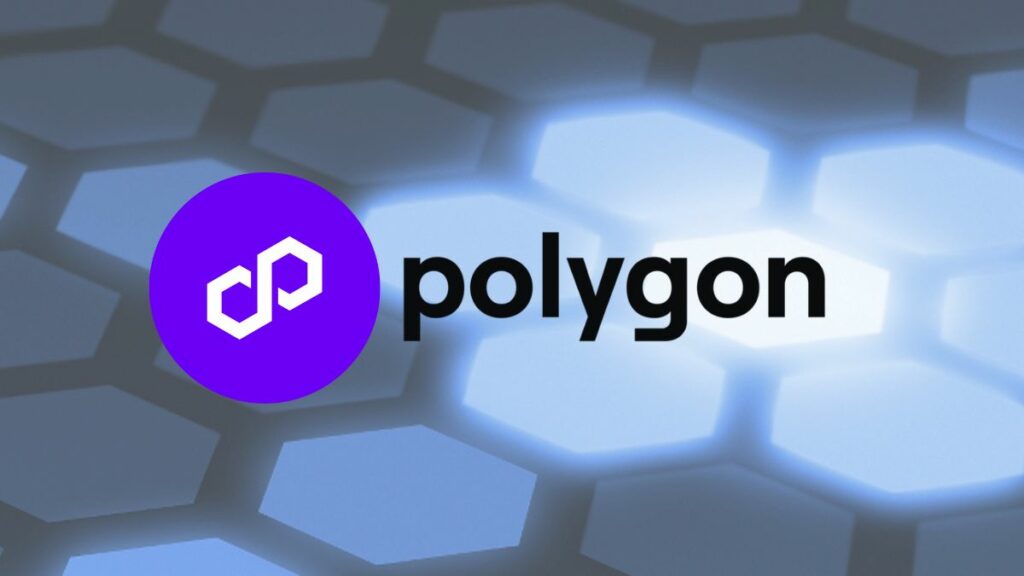TL;DR
- Polygon’s Heimdall v2 hard fork goes live July 10, migrating from Tendermint/Cosmos-SDK v0.37 to CometBFT/Cosmos-SDK v0.50 to slash finality to 5 seconds, cap reorgs at two blocks, and eliminate legacy code.
- Validators and dApps must brace for a 3-hour finality pause, bump confirmation thresholds to 256 blocks, and allocate 30 minutes, 20 GB RAM, and double the current disk space.
- POL soared 6% pre-upgrade as Heimdall v2 clears core bottlenecks, setting the stage for zkEVM and modular rollups and cementing Polygon as a high-throughput, secure Ethereum Layer 2.
Polygon plans to launch its Heimdall v2 upgrade on July 10, which will be the most complex hard fork since the PoS chain started in 2020. Announced by Polygon Foundation CEO Sandeep Nailwal, this overhaul will tackle long-standing inefficiencies, streamline consensus operations, and prepare the network for its next wave of scaling innovations.
The upgrade underscores Polygon’s commitment to optimizing performance and shedding legacy baggage that hinders throughput and developer experience.
Shipping Announcement! 🚢
— Sandeep | CEO, Polygon Foundation (※,※) (@sandeepnailwal) July 8, 2025
We’ve been on a shipping spree—and next up is Polygon PoS’s consensus layer, Heimdall v2, landing 10 July 2025.
‼️ This is the most technically complex hard-fork Polygon PoS has seen since it's launch in 2020 ‼️
What’s changing?
1. Heimdall sheds all…
Technical Improvements
At the core of Heimdall v2 is a consensus migration from Tendermint and Cosmos-SDK v0.37 to CometBFT along with Cosmos-SDK v0.50. This codebase refresh will remove protocols and dependencies dating back to 2018–2019, significantly cutting technical debt.
Finality times are projected to shrink from tens of seconds to roughly five seconds, with reorgs capped at two blocks, translating into near-instant checkpoints and safer cross-chain bridges. The shift also introduces refined state pruning and gas metering optimizations, promising leaner node operation and faster block processing.
Migration Roadmap and Validator Prep

During the July 10 upgrade window, Heimdall’s finality may lag by about three hours; dApps are advised to temporarily raise confirmation thresholds to 256 blocks. Mainnet node operators should budget roughly 30 minutes for migration procedures, ensuring they have at least 20 GB of RAM and twice their current disk capacity to support the new runtime.
Polygon has published detailed runbooks and migration scripts on its developer forum, and most validators have already completed testnet deployments. Nailwal encouraged teams to “test early, spread the word, and ping us if you hit snags” to ensure a smooth transition.
Market Response and Strategic Implications
The announcement sparked immediate optimism, with Polygon’s native POL token climbing over 6% in the 24 hours leading up to the upgrade. Traders cite faster finality and cleaner code as catalysts for renewed interest in Polygon’s scaling roadmap.
By resolving core performance bottlenecks, Heimdall v2 lays the groundwork for upcoming zkEVM enhancements and modular rollups. As decentralized applications demand ever-higher throughput and reliability, this upgrade positions Polygon to remain a top-tier Ethereum L2 solution, balancing speed, security, and developer agility for the next chapter of Web3 growth.










